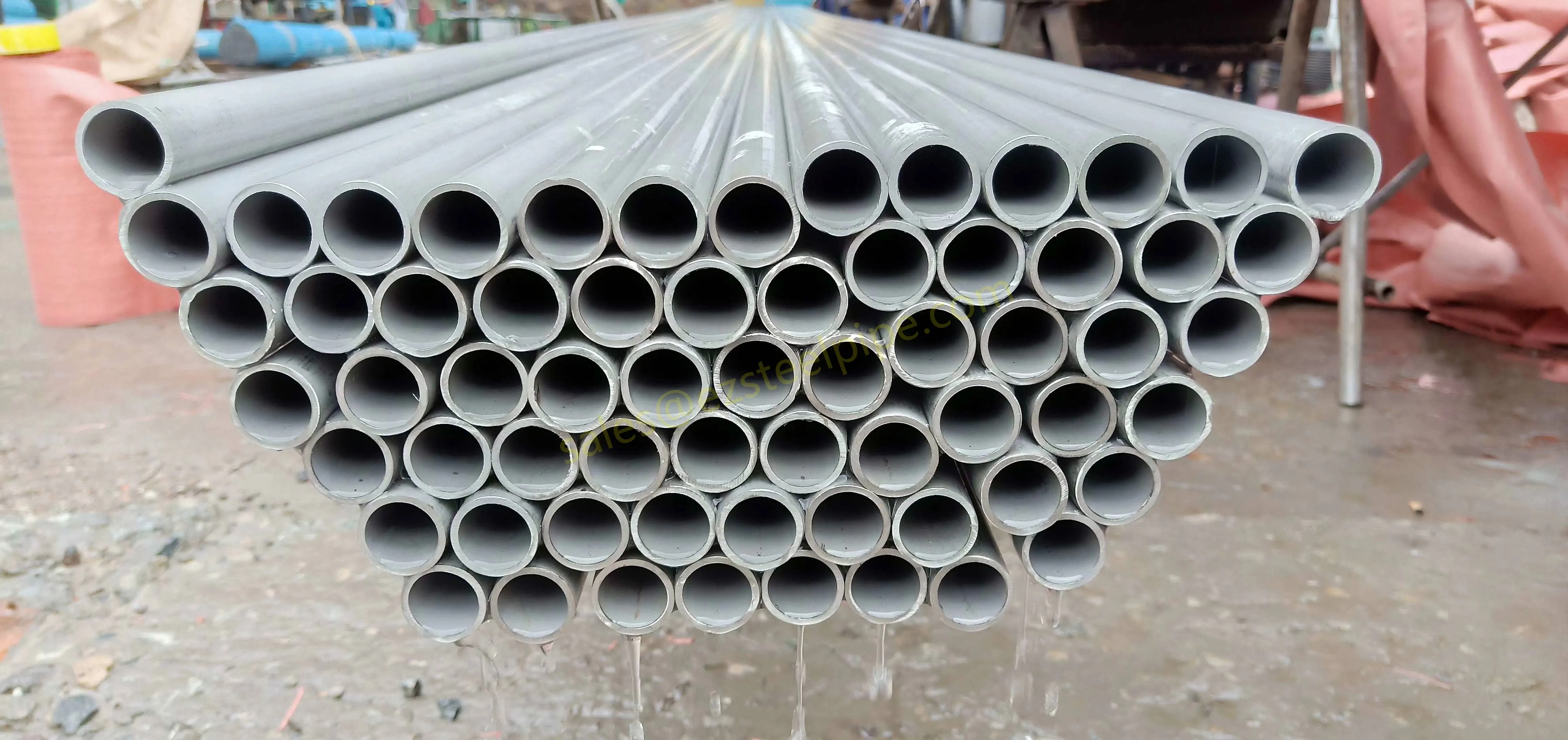 export@ezsteelpipe.com
export@ezsteelpipe.com +86 731 8870 6116
+86 731 8870 6116
JIS H 3300 applies to seamless pipes and tubes made of copper and copper alloys, primarily used for plumbing, heat exchangers, and general engineering applications.


JIS H 3300 applies to seamless pipes and tubes made of copper and copper alloys, primarily used for plumbing, heat exchangers, and general engineering applications.
When ordering, the following details must be specified:
- Standard designation (JIS H 3300)
- Material code (e.g., C1220, C6870)
- Dimensions (outer diameter, wall thickness, length)
- Temper designation (e.g., soft, hard, half-hard)
- Quantity
- Special requirements (e.g., surface finish, end treatment)
Common material codes include:
- C1020 (Oxygen-free copper)
- C1220 (Phosphorus-deoxidized copper)
- C2801 (Brass: 60% Cu, 40% Zn)
- C4430, C6870 (Aluminum brass, Arsenic-added brass)
- C7060, C7150 (Copper-nickel alloys)
Each material has specified chemical composition limits per JIS H 3300.
- Pipes/tubes are produced by extrusion, cold drawing, or rolling.
- Heat treatment (annealing) may be applied to achieve desired temper.
- Standard outer diameters, wall thicknesses, and lengths are specified.
- Tolerances for dimensions (OD, WT, straightness, etc.) are defined based on material and temper.
- Tensile strength, elongation, and hardness requirements vary by material and temper.
- Example:
- C1220 (Soft) – Tensile strength ≥ 200 MPa, Elongation ≥ 40%
- C2801 (Hard) – Tensile strength ≥ 370 MPa, Elongation ≥ 15%
- Chemical analysis (to verify composition).
- Mechanical tests (tensile, hardness).
- Hydrostatic or nondestructive testing (e.g., eddy current) for leak tightness.
- Visual inspection (surface defects, scratches, dents).
- Dimensional checks (OD, WT, length).
- Surfaces must be clean, free from cracks, and excessive imperfections.
- Minor scratches or discoloration may be allowed within limits.
- Each pipe/tube must be marked with:
- Manufacturer’s name or trademark.
- Material code.
- Dimensions.
- Heat number/batch identification.
- Packaging must prevent damage during transit.
- C1020 (Oxygen-free copper)
- C1100 (Electrolytic tough pitch copper, Cu ≥ 99.90%)
- C1220 (Phosphorus-deoxidized copper, Cu + Ag ≥ 99.90%)
- C2100 (95% Copper Brass, Cu 84–86%, remainder Zn)
- C2200 (90% Copper Brass, Cu 88–91%, remainder Zn)
- C2300 (85% Copper Brass, Cu 84–86%, remainder Zn)
- C2400 (80% Copper Brass, Cu 78.5–81.5%, remainder Zn)
- C2600 (70% Copper Brass, Cu 68.5–71.5%, remainder Zn)
- C2680 (Yellow Brass, Cu 64–68%, remainder Zn)
- C2700 (65% Copper Brass, Cu 63–68.5%, remainder Zn)
- C2720 (Common Brass, Cu 62–64%, remainder Zn)
- C2801 (60% Copper Brass, Cu 58–61%, remainder Zn)
- C3140 (Leaded Brass, Cu 87–90%, Pb 1.3–2.5%, remainder Zn)
- C3501 (Leaded Brass, Cu 60–63%, Pb 1.3–2.5%, remainder Zn)
- C3604 (Free-Cutting Brass, Cu 57–61%, Pb 1.8–3.7%, remainder Zn)
- C4430 (Admiralty Brass, Cu 70–73%, Sn 0.8–1.2%, Zn + As remainder)
- C4621 (Naval Brass, Cu 60–63%, Sn 0.5–1.0%, Pb ≤ 0.2%, remainder Zn)
- C6870 (Aluminum Brass, Cu 76–79%, Al 1.8–2.5%, As 0.02–0.06%, remainder Zn)
- C7060 (90-10 Cu-Ni, Cu 86.5–90.5%, Ni 9–11%, Fe 1–1.8%, Mn ≤ 1.0%)
- C7150 (70-30 Cu-Ni, Cu 63–70%, Ni 29–33%, Fe 0.4–1.0%, Mn ≤ 1.0%)
- C5111 (Phosphor Bronze, Cu + Sn 99.5%, P 0.03–0.35%)
- C5191 (Phosphor Bronze, Cu 93.5–95.5%, Sn 6–7%, P 0.1–0.25%)
- C7060, C7150 (Copper-Nickel, as above)
- The exact chemical composition limits are specified in JIS H 3300.
- Some alloys may have additional restrictions on impurities (e.g., Pb, Fe, Ni).
- Temper designations (e.g., soft, hard, half-hard) affect mechanical properties.
Want to order the same ? Contact us Now to send your request!

 Related Products
Related Products